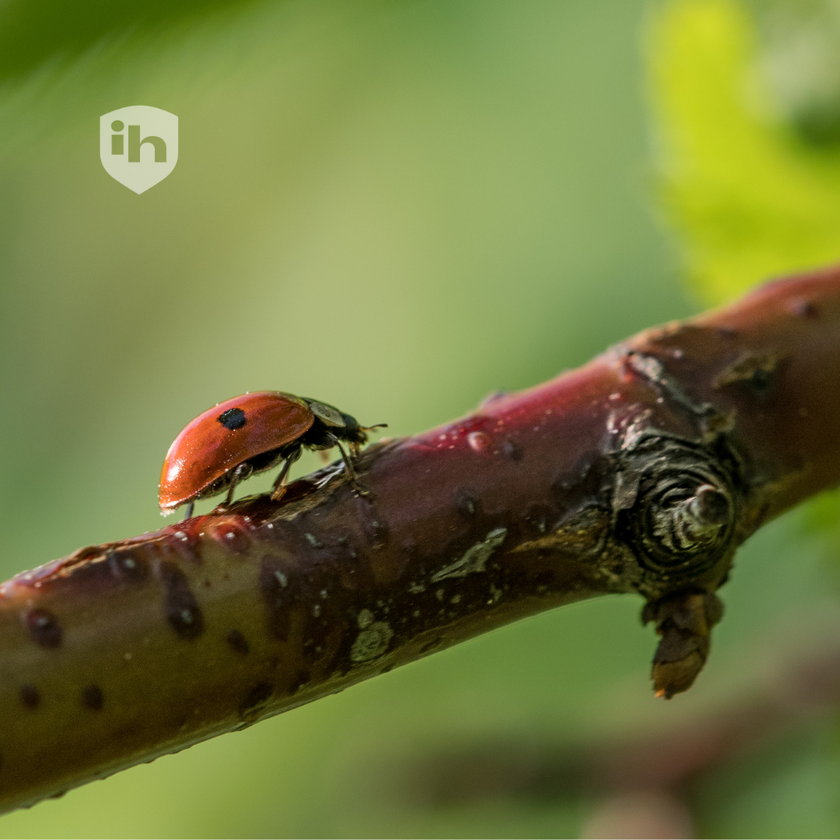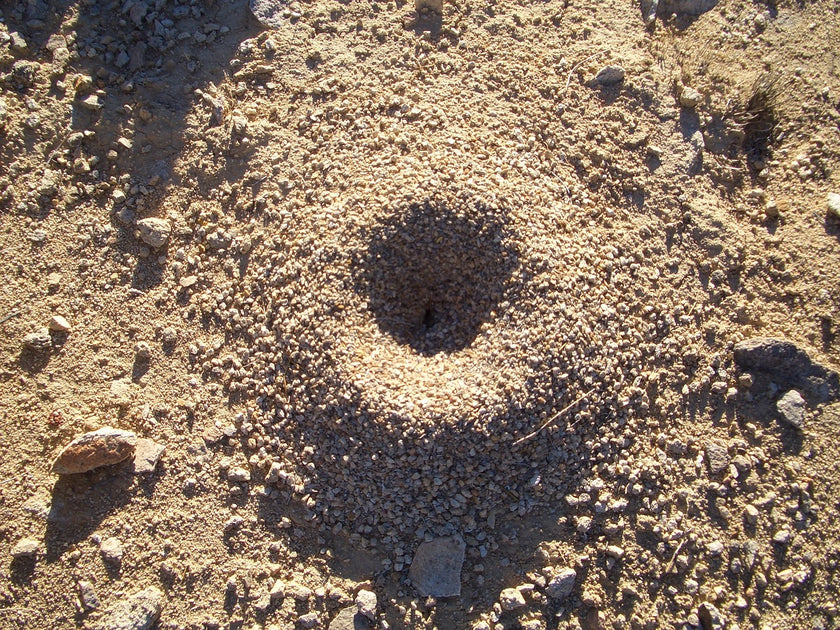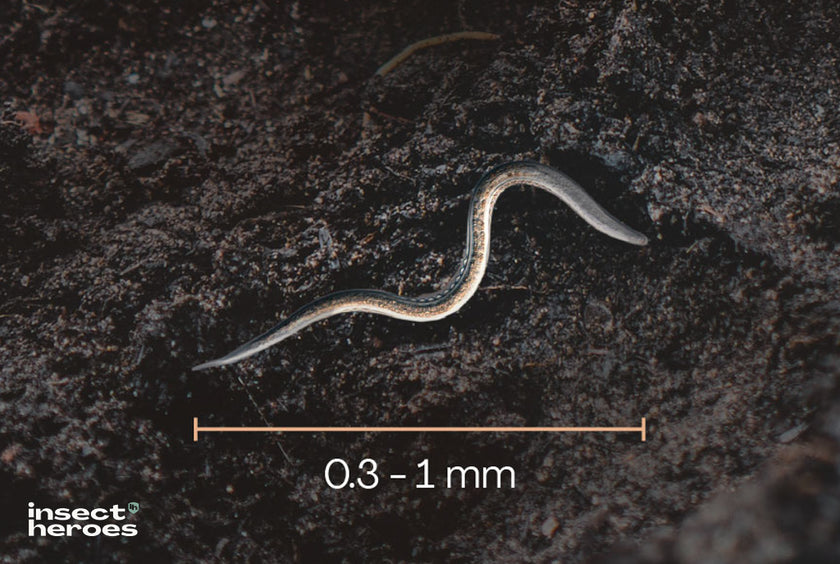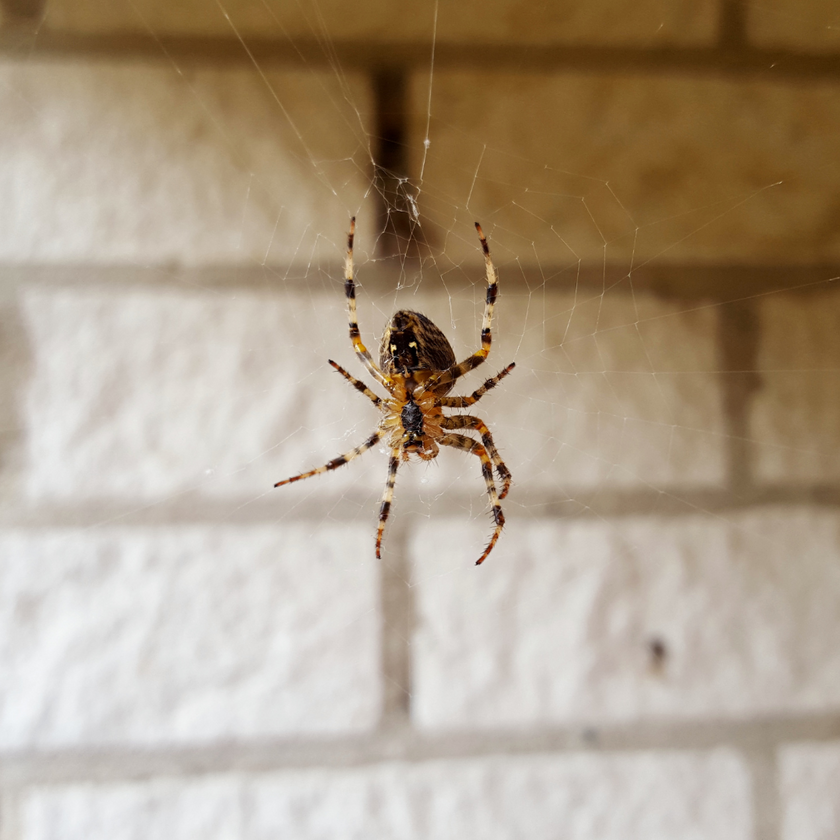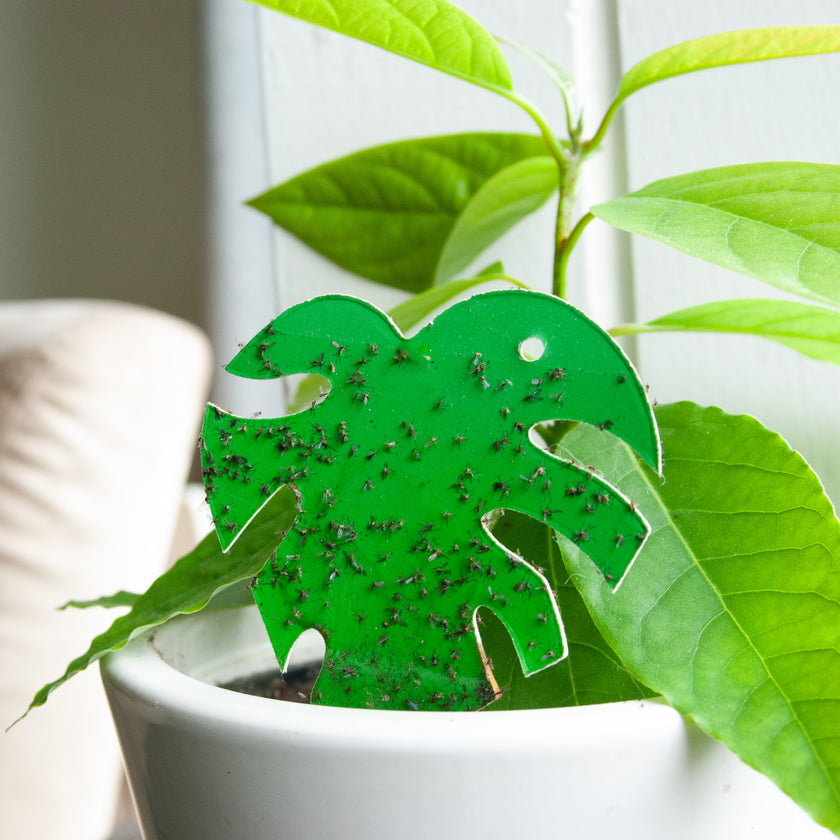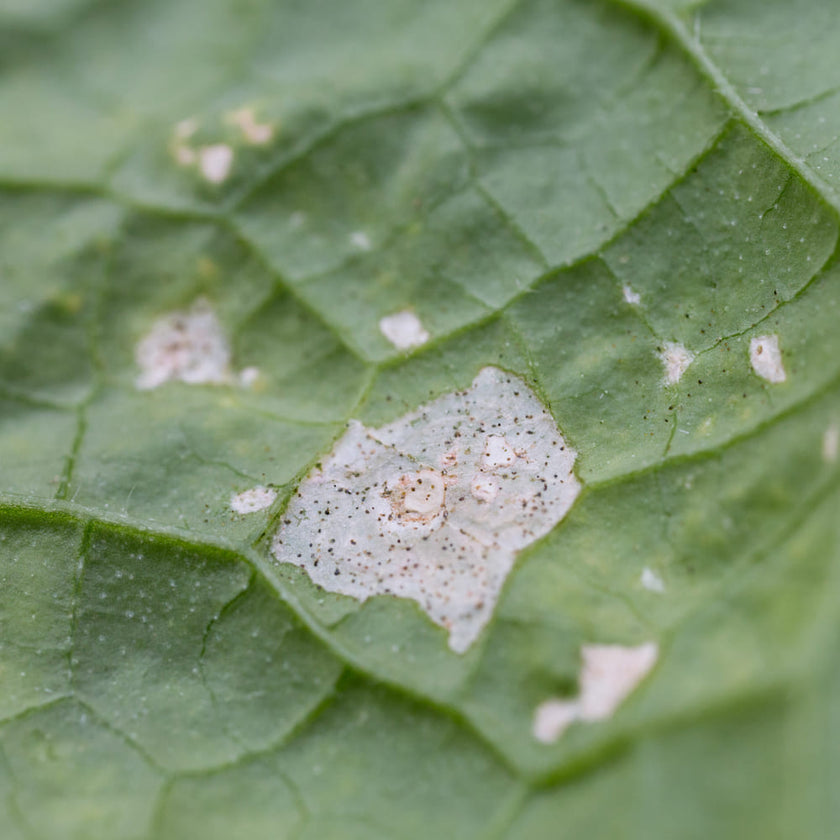Deep in the night, the leaves of your cyclamen or azalea are processed in a characteristic way. Large, round bites are taken from the sides of the leaf. And that's not all. The roots of the same azalea or cyclamen are eaten in the soil. Evildoers? The vine beetle and its larvae.
The vine weevil, also called the grooved weevil, is a pest in Dutch gardens every year around May. Plants such as rhododendron, cyclamen, azalea and strawberry are favorites.
How do I recognize vine weevil damage?

When you take a tour of the garden, it is nice to know what vine beetle damage looks like. You can recognize vine weevil damage by the round bites that the beetle takes on the sides of the leaves. Not to be confused with snail damage: snails also take round bites, but also on the inside of the leaf.
The larvae are active in the soil and feed on the roots of the plants. You can only see this damage by digging under the plant.

When you see the described damage picture, you can continue searching for the beetle itself. Logically, you look for the larvae by rooting in the soil. The larvae resemble grubs , but have no legs.
You can look for the adult vine weevil among the leaves. However, they are most active at night.
How do I combat the vine weevil?

The adult vine beetles emerge around May and if they are now in your garden, you can start using biological control. You can combat the vine weevil larvae with the help of nematodes.
The nematodes enter the larvae through natural openings and excrete a bacterium, after which the larvae die within 2 to 3 days. Nematodes do not work against the adult vine weevil, but as indicated earlier, you can catch the beetle by placing crumpled newspaper near the affected plants.
Tip: Have you been bothered by the vine weevil before or have you strengthened the soil preventively? Use the nematodes at the beginning of August and the end of October. At these two times the larvae hatch from the eggs. The smaller they are, the more effective the nematodes. We offer two types of nematodes, namely: Felti & Phora.
At soil temperatures below 14 degrees, use the nematode Felti. Phora nematodes are most effective from 15 degrees.
A nice finding is that the same nematodes also work against grubs . The nematodes can be sprayed out easily and effectively by using the Nema Super Sprayer.
Want to know more about the vine beetle? Read combating vine weevil – Insect Heroes

